

Manapouri Power Station
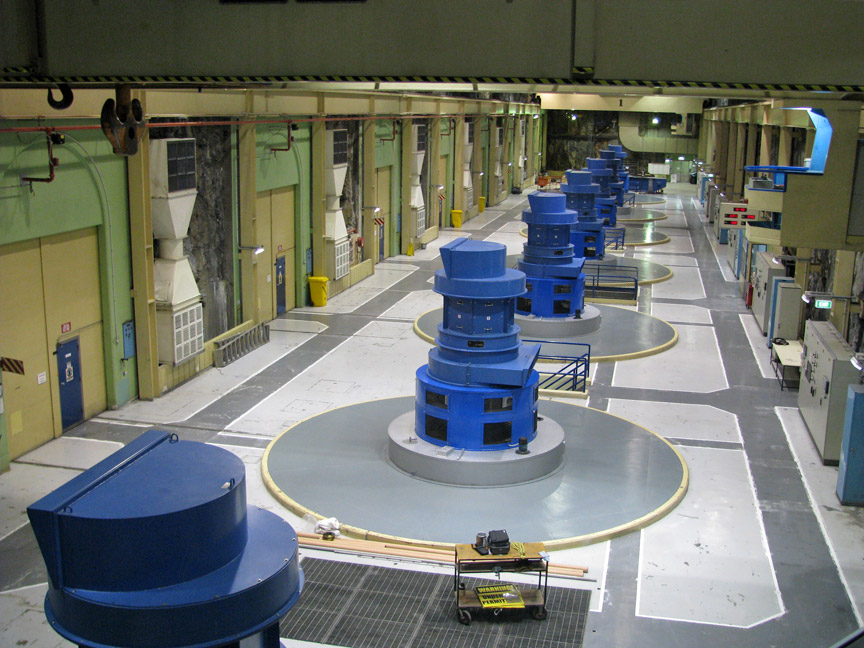
Manapouri Power Station is an underground hydroelectric power station owned and operated by Meridian Energy Limited, and is the largest hydroelectric power station in New Zealand. It lies deep in a remote area of New Zealand's South Island on the western arm of Lake Manapouri, in Fiordland National Park. Most (~610 MW) of the station's power output is consumed by an aluminum smelting plant operated by New Zealand Aluminium Smelters Limited (NZAS) at Tiwai Point near Bluff, some 160 kilometers to the southeast.
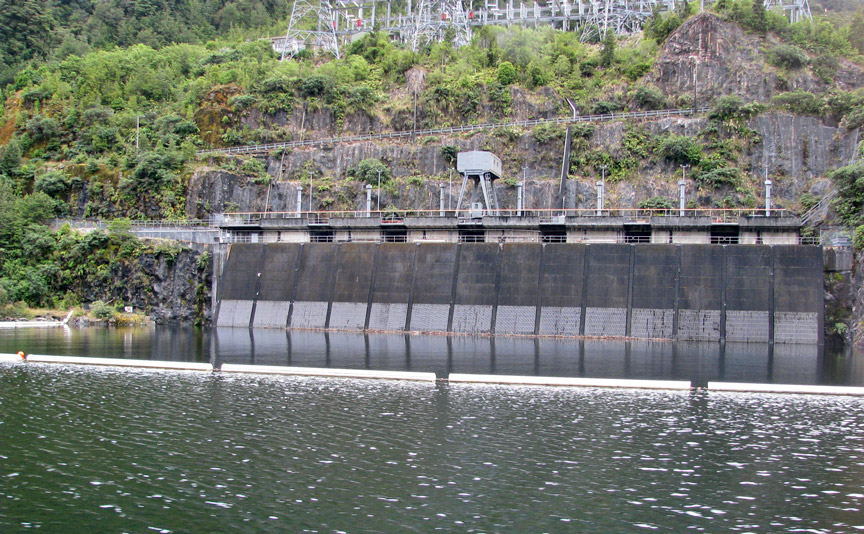
water intake
The construction of the station was a massive feat of civil engineering. The majority of the station, including the machine hall and two 10-km tailrace tunnels, were excavated under a mountain. During the 1960s, environmental protests against its construction, which resulted in the planned raising of lake levels, galvanised New Zealanders, and was considered one of the starting points of New Zealand environmentalism. The campaign to prevent the lake from being raised involved politicians and senior bureaucrats and succeeded in modifying the original plans, permitting the construction of the power station. This also prevented it from operating to the full degree that had originally been intended.
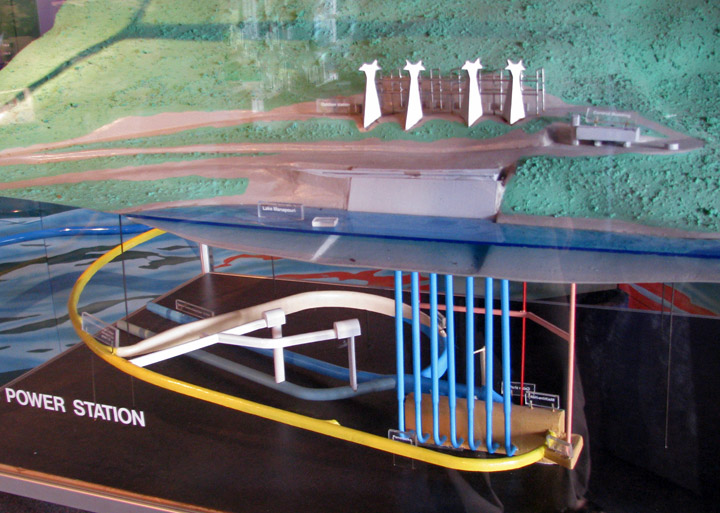
diagram of water flow
The power station is housed in a cavern excavated from solid granite rock 200 meters below the surface of Lake Manapouri. Two tailrace tunnels take the water that passes through the power station to Deep Cove, a branch of Doubtful Sound, 10 km away. Access to the power station is via a two-kilometer vehicle-access tunnel which spirals down from the surface, or a lift that drops 193 m down from the control room above the lake. There is no road access into the site; a regular boat service ferries power station workers and tourists 35 km across the lake from Pearl Harbor, at the eastern end of the lake.
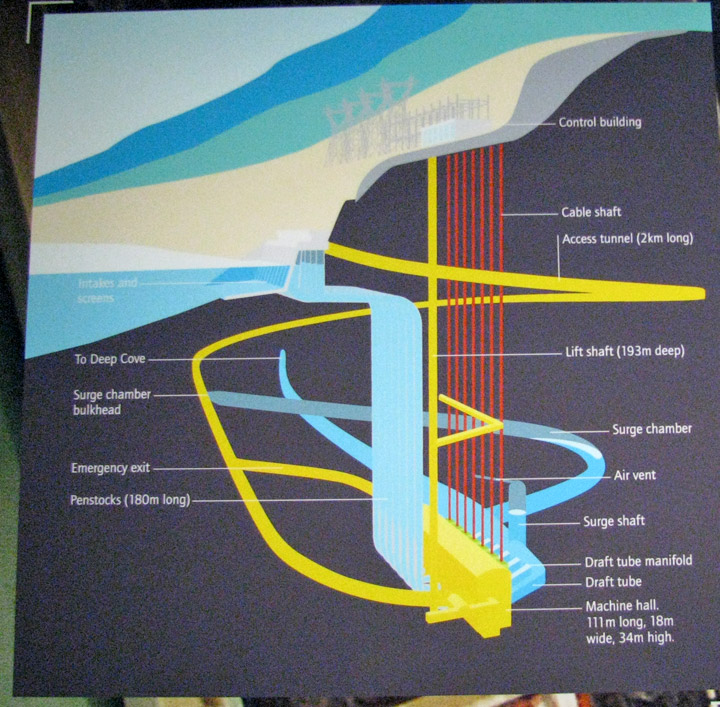
Soon after the power station began generating at full capacity in 1972,
engineers confirmed a design problem. Greater than anticipated friction between
the water and the tailrace tunnel walls meant reduced hydrodynamic head. For 30
years, until 2002, station operators risked flooding the powerhouse if they ran
the station at an output greater than 585 MW, far short of the designed peak
capacity of 700 MW. Construction of a second tailrace tunnel, 10 km long and 10
meters in diameter, finally solved the problem. The increased exit flow also
increased the effective head, allowing the turbines to generate more power
without using more water.
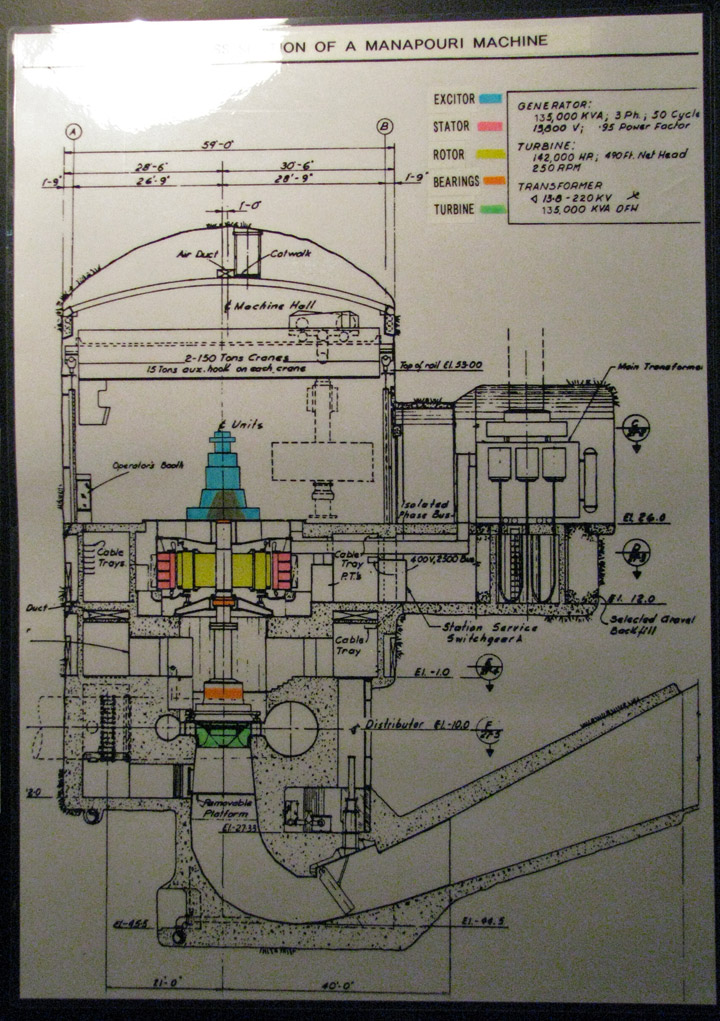
The first surveyors mapping out this corner of New Zealand noted the potential
for hydro generation in the 178-metre drop from the lake to the Tasman Sea at
Doubtful Sound. The idea of building a power station was first suggested in
1904, but the remoteness of the location and the scale of the engineering task
made any project infeasible at the time.

In 1926, the New Zealand Sounds Hydro-Electric Concessions Company obtained
water rights from the government to implement a scheme to use power from
Manapouri to produce fertilizer and munitions. The idea was to use electricity
to fix nitrogen from the atmosphere. The scheme did not proceed and the water
rights lapsed.
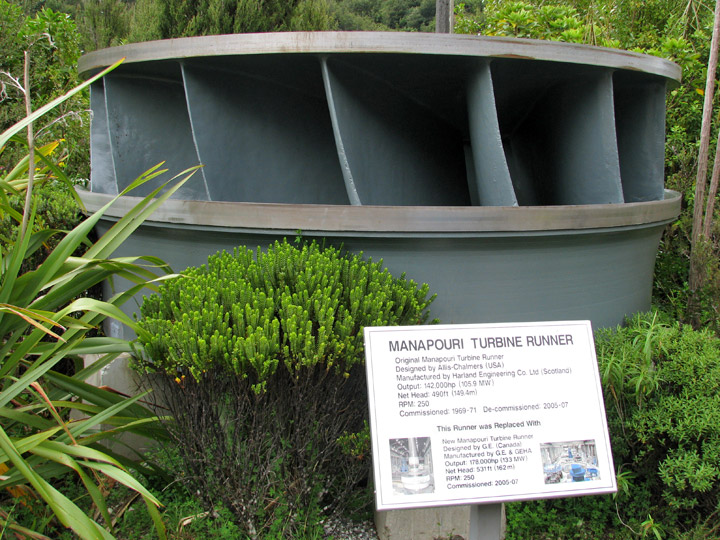
turbine runner
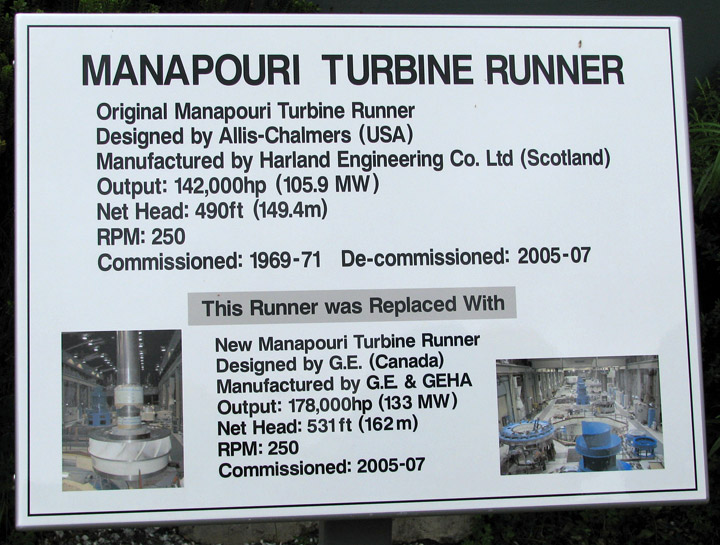
In 1955 the modern history of Manapouri starts, when a geologist with
Consolidated Zinc Proprietary Ltd identified a commercial deposit of bauxite in
Australia on the west coast of Cape York Peninsula, near Weipa. It turned out to
be the largest deposit of bauxite in the world yet discovered. In 1956 The
Commonwealth Aluminium Corporation Pty Ltd, later known as Comalco, was formed
to develop the bauxite deposits. The company started investigating sources of
large quantities of cheap electricity needed to reduce the alumina recovered
from the bauxite into aluminum. Comalco settled on Manapouri as that source of
power and Bluff as the site of the smelter. The plan was to refine the bauxite
to alumina in Queensland, ship the alumina to New Zealand for smelting into
metal, then ship it away to market.
Text from Wikipedia
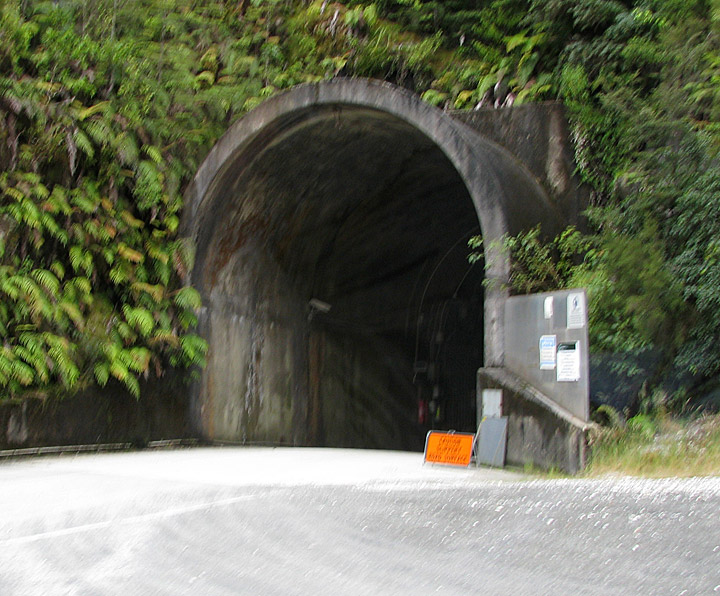
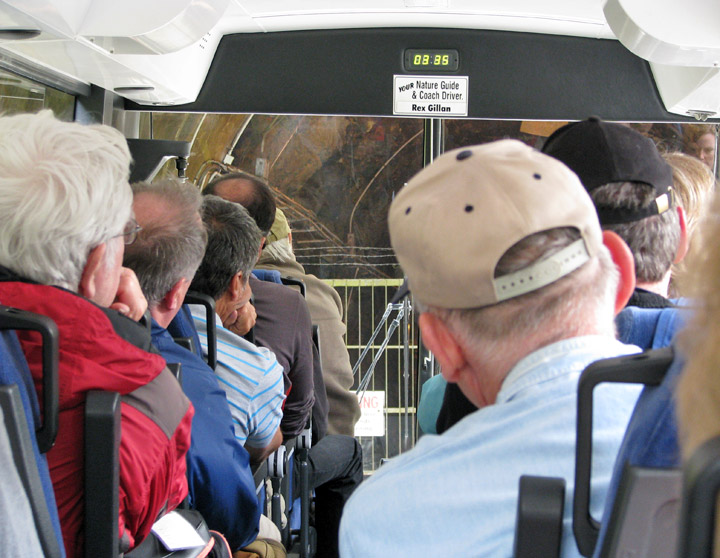
on the bus in the tunnelel
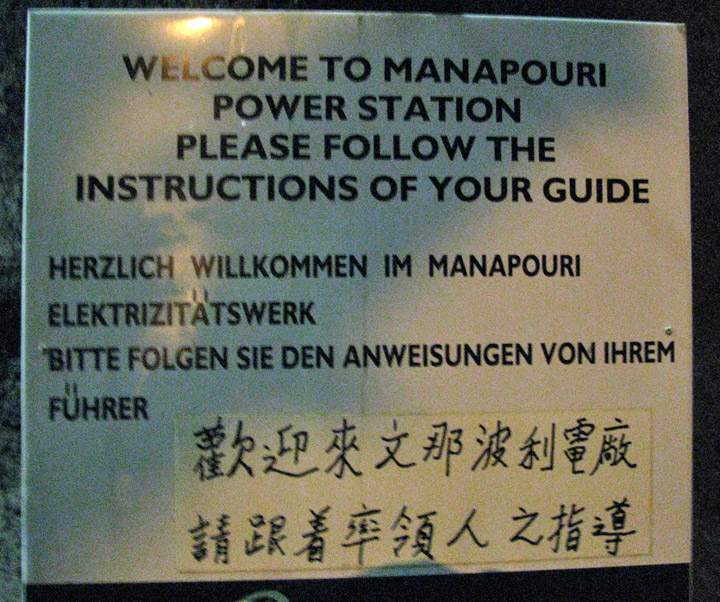
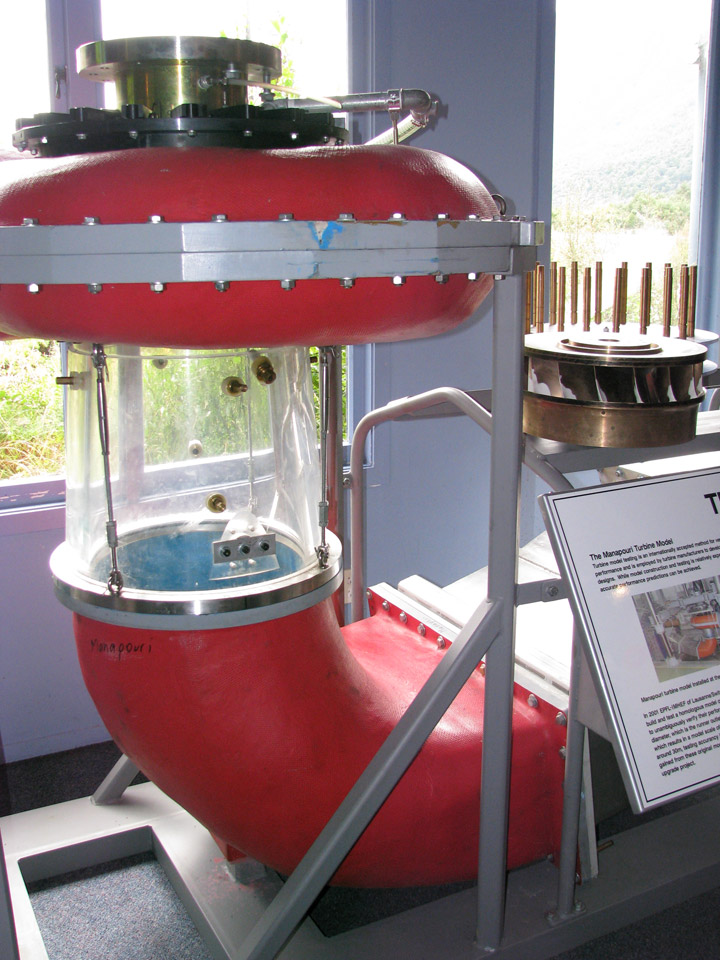
turbine model
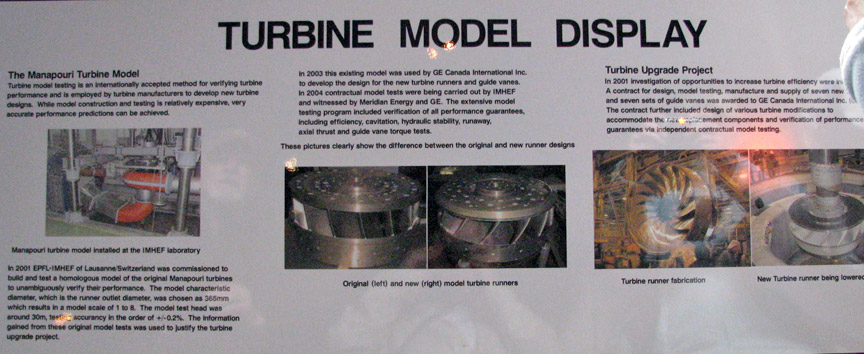
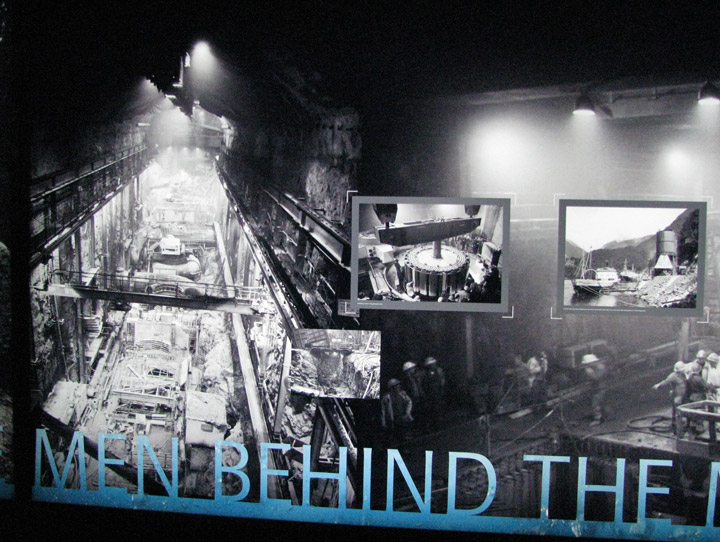
construction photos
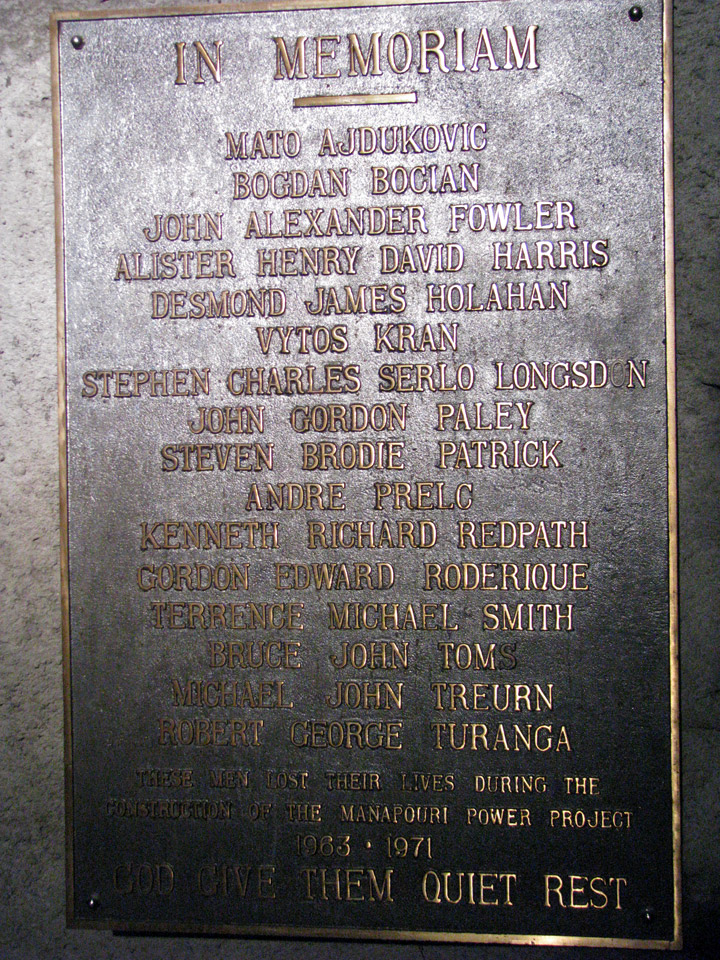
those who died during the construction
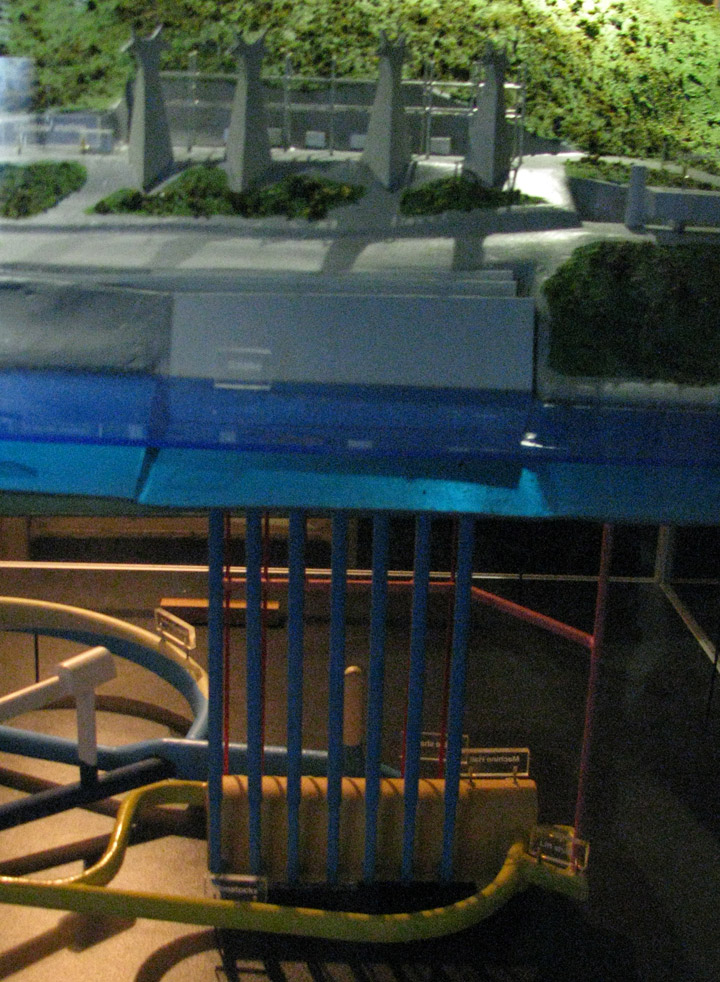
diagram of the power station
